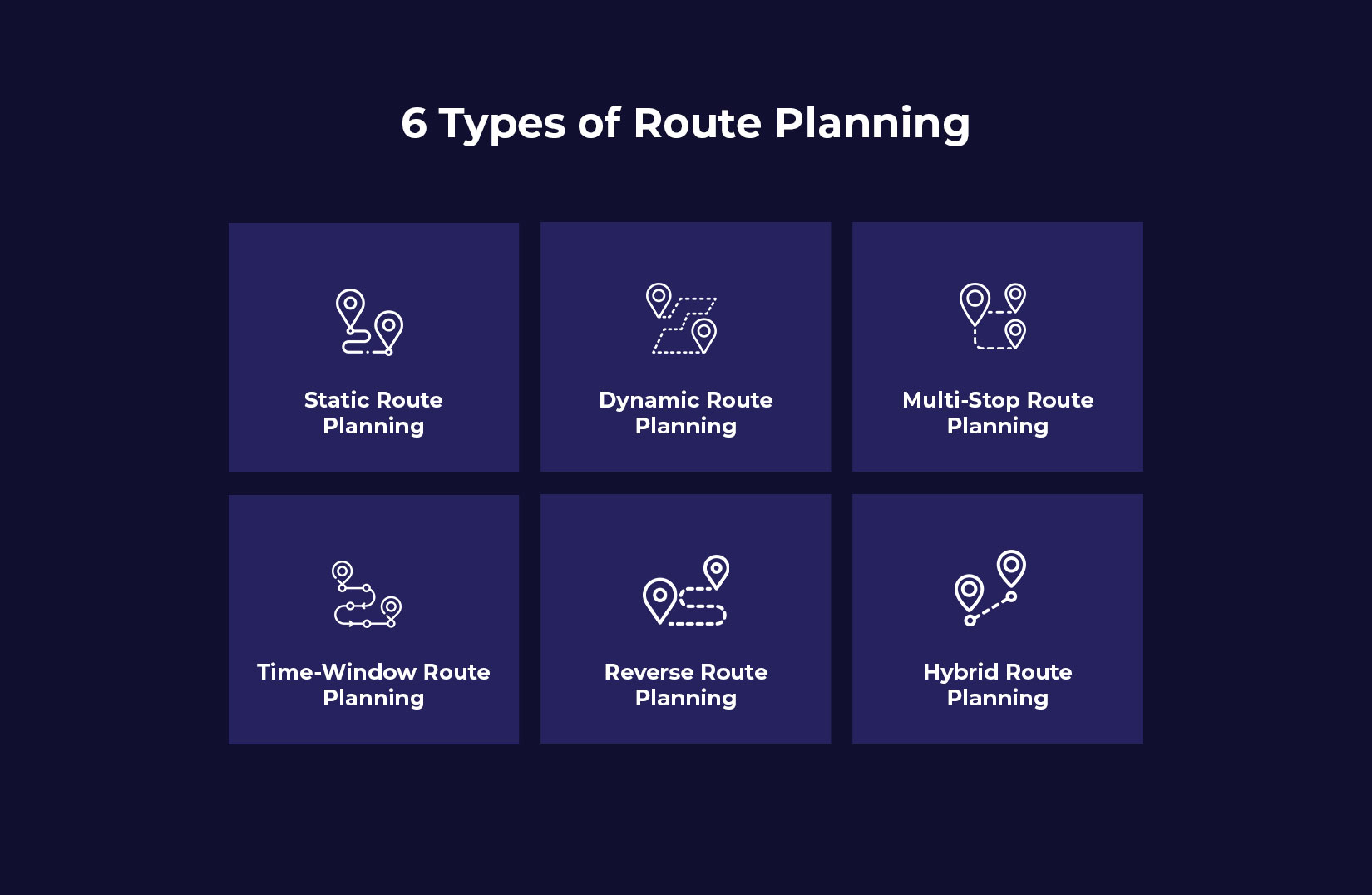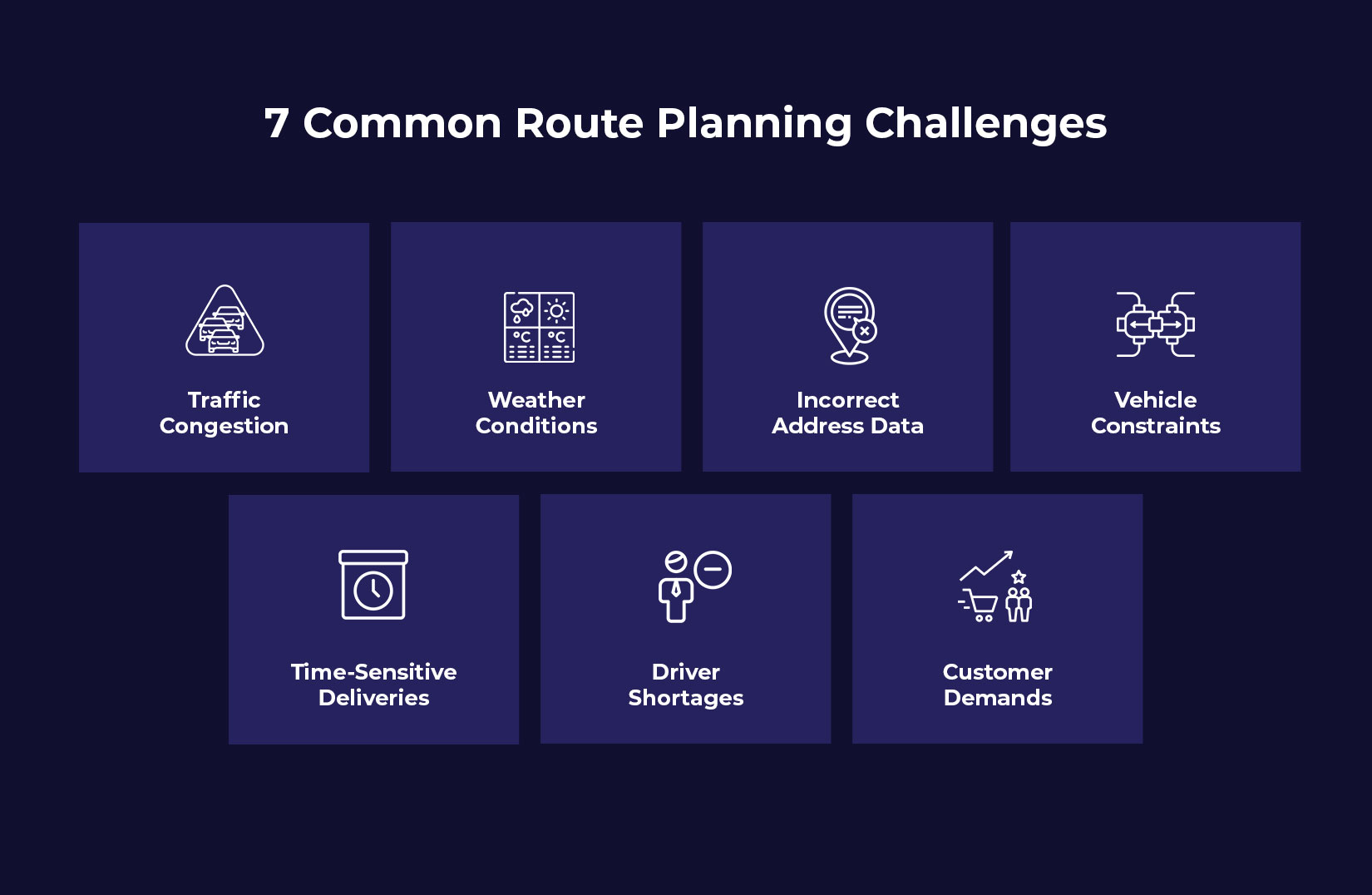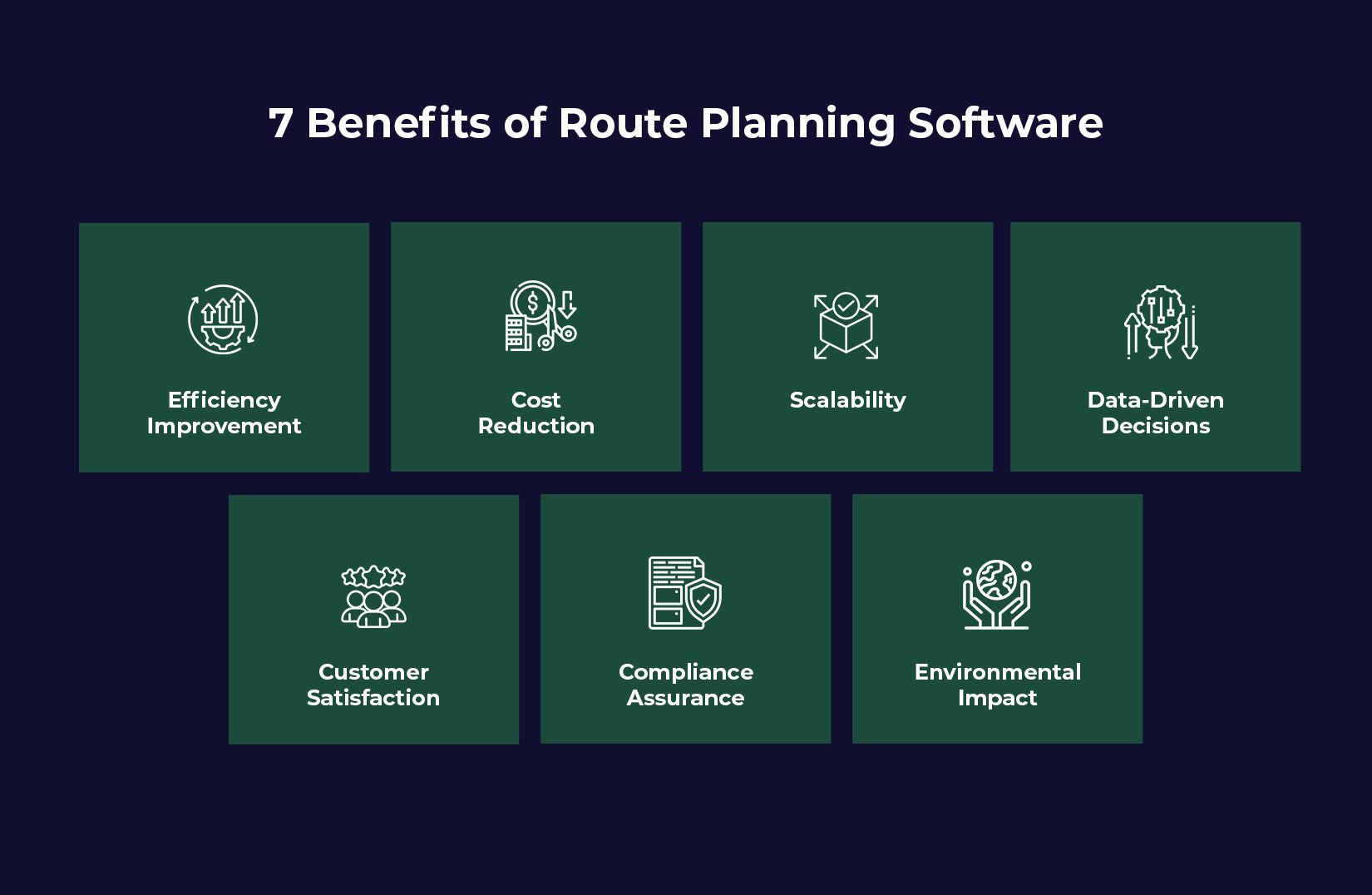
Route Planning 101: Revolutionize Your Logistics Game
In the fast-paced world of logistics, timely and efficient deliveries are no longer a luxury—they are a necessity. Behind every successful delivery is a robust system that ensures goods move seamlessly from origin to destination. One critical element of this system is route planning. This article will walk you through everything you need to know about route planning, route mapping, and why adopting route planning software could be the game-changer your business needs.
What is Route Planning in Logistics?
Route planning is the process of determining the most efficient path for a vehicle to take to reach one or multiple destinations. In logistics, it involves more than just selecting the shortest distance. Factors such as delivery windows, traffic patterns, vehicle capacity, driver schedules, and even road conditions must be considered.
Importance of Route Planning in Logistics
Without strategic planning, logistics operations can quickly spiral into chaos. Here’s why it’s crucial:
1. Cost Efficiency:
Well-planned routes reduce fuel consumption, vehicle wear and tear, and overtime costs. Companies can save thousands annually by optimizing travel distances and delivery times.
2. Time Management:
Deliveries are made within promised time windows, improving customer satisfaction. Late deliveries often result in lost business and damaged reputations, making precise scheduling essential.
3. Resource Optimization:
Fleet and driver resources are used more effectively. With fewer miles traveled and more deliveries completed per route, overall operational efficiency improves dramatically.
4. Sustainability:
Better route planning reduces carbon emissions by minimizing unnecessary travel. This supports corporate sustainability goals and regulatory compliance
5. Competitive Advantage:
Companies that master route planning can offer faster, more reliable services than competitors, securing customer loyalty and opening new market opportunities.
6. Risk Mitigation:
Advanced planning helps avoid potential risks like traffic jams, road closures, and adverse weather conditions.
In a study by Statista, transportation costs account for about 50% of the total logistics expenditure. Efficient route mapping and route optimization can significantly slash these expenses.
6 Types of Route Planning

Route planning can take several forms depending on the business model and delivery requirements:
1. Static Route Planning:
Pre-defined routes that rarely change. Best for businesses with regular deliveries to the same locations, such as grocery suppliers or newspaper distributors. It offers predictability but lacks flexibility when unexpected events occur.
2. Dynamic Route Planning:
Real-time adjustment of routes based on traffic, weather, or delivery priorities. This method uses route optimization software to quickly respond to changing conditions, ensuring minimal disruption.
3. Multi Stop Route Planning:
Planning routes with multiple delivery points while maintaining efficiency. This approach ensures drivers take the shortest and fastest paths while hitting all required stops, commonly used in e-commerce and courier services.
4. Time-Window Route Planning:
Prioritizing deliveries that must happen within specific time frames. This is crucial for industries like healthcare and food delivery where timing is critical.
5. Reverse Route Planning:
Planning for pickup instead of delivery, common in reverse logistics and returns management. It helps streamline product retrieval and recycling processes.
6. Hybrid Route Planning:
A mix of static and dynamic planning to accommodate both regular schedules and unforeseen demands, offering maximum flexibility.
Each type has its specific applications and benefits, but all serve the goal of making logistics operations more efficient through smart route mapping and scheduling.
Difference Between Route Planning and Route Optimization
While often used interchangeably, route planning and route optimization are not the same.
Route Planning:
It is the process of creating a basic route based on factors like delivery addresses, estimated distances, and scheduled stops. It provides a general roadmap for completing deliveries but may not always account for real-time variables.
Route Optimization:
This on the other hand, refines this plan by considering live traffic updates, road restrictions, vehicle capacities, and customer time windows to find the most efficient and cost-effective route.\
For example, a logistics manager may plan a route to deliver to five locations. However, route optimization software can rearrange the order of stops based on current traffic patterns, reducing travel time and fuel costs.
In short, route planning decides the “how,” while route optimization decides the “best how” to achieve maximum efficiency.
7 Common Route Planning Challenges

Even with the best intentions, several hurdles can complicate route planning:
1. Traffic Congestion:
Unexpected delays can derail even the most carefully planned routes.
2. Weather Conditions:
Bad weather can necessitate sudden route changes.
3. Incorrect Address Data:
Inaccurate information leads to delays and customer dissatisfaction.
4. Vehicle Constraints:
Load capacities and maintenance issues can impact route selection.
5. Time-Sensitive Deliveries:
Managing deliveries within narrow time windows is challenging.
6. Driver Shortages:
Limited manpower adds complexity to planning.
7. Customer Demands:
Last-minute changes or cancellations can disrupt routes.
Investing in a smart logistics route planner can help address many of these challenges automatically.
7 Benefits of Route Planning Software

Modern software is designed to overcome traditional logistics hurdles. Here are the key advantages:
1. Efficiency Improvement:
Automating route selection and real-time adjustments based on dynamic conditions like traffic drastically cuts down travel time and boosts the number of deliveries completed.
2. Cost Reduction:
Optimized routes directly minimize fuel consumption, a significant logistical expense. Efficient scheduling also reduces overtime pay, and less travel contributes to lower vehicle maintenance and wear.
3. Scalability:
Handling increasing delivery volumes and expanding service areas becomes seamless. The software manages complexity without a proportional rise in manual effort or administrative burden
4. Data-Driven Decisions:
Comprehensive analytics and reporting offer insights into key performance indicators. This enables informed decisions for continuous operational improvements and strategic planning.
5. Customer Satisfaction:
The software considers road regulations, weight limits, and time constraints, guaranteeing adherence to legal requirements and minimizing the risk of penalties.
6. Environment Impact:
By minimizing unnecessary mileage and fuel consumption, route optimization contributes to a more sustainable and environmentally responsible logistics operation.
According to a report by MarketsandMarkets, the global route optimization software market is expected to grow from USD 4.8 billion in 2020 to USD 9.5 billion by 2025, reflecting how vital these tools have become.
When Do You Need The Software?
Recognizing the right time to adopt route planning software can transform your operations. You likely need a solution if:
1. Your business is experiencing frequent delivery delays:
Persistent lateness in reaching customers erodes trust and disrupts schedules. Route planning software identifies inefficiencies, optimizes sequences, and considers real-time factors to ensure timely arrivals, boosting customer satisfaction and operational flow.
2. Costs related to fuel, overtime, and vehicle maintenance are increasing:
Unexplained rises in these core expenses point to suboptimal routes and inefficient resource allocation. Software analyzes distances, traffic, and delivery windows to minimize mileage, reduce unnecessary labor hours, and decrease vehicle wear and tear.
3. Manual route planning is consuming too much time:
If your team spends excessive hours manually mapping routes, it detracts from strategic tasks. Automation streamlines this process, generating efficient schedules in minutes, freeing up valuable employee time and reducing the potential for human error.
4. Your customer complaints about late deliveries are rising:
An increase in negative feedback regarding delivery punctuality directly impacts your reputation and customer retention. Optimized routes and accurate ETAs provided by the software enhance reliability and communication, leading to happier customers.
5. You have a growing fleet of expanding delivery zones:
Managing a larger operation with manual methods becomes increasingly complex and prone to errors. The software provides the necessary scalability to efficiently coordinate a growing fleet across wider areas, ensuring seamless service expansion.
6. Real-time adjustments are becoming necessary due to dynamic delivery demands:
In today’s fast-paced environment, last-minute changes and unforeseen disruptions are common. Software with dynamic optimization capabilities allows for quick route adjustments based on real-time traffic, urgent orders, or unexpected delays, maintaining operational agility and responsiveness.
By leveraging advanced route optimization software and logistics route planners, companies can build a more agile, responsive logistics operation that meets modern customer expectations.
Also Read: Map It Like a Boss: Why You Need an Optimal Route Planner in Your Life
Conclusion
In today’s competitive market, efficient route planning is no longer optional—it is essential. By understanding its fundamentals, investing in intelligent route mapping strategies, and embracing the power of route planning software, logistics professionals can significantly enhance service quality, reduce costs, and drive business growth.
Ready to revolutionize your logistics game? The journey starts with a smarter route and selecting the best route planning software by LogiNext. Click on the red button and book a demo with LogiNext today.
74







@LogiNext